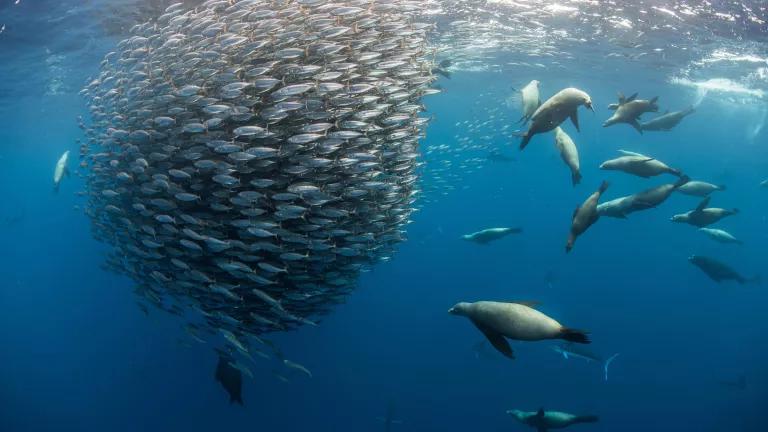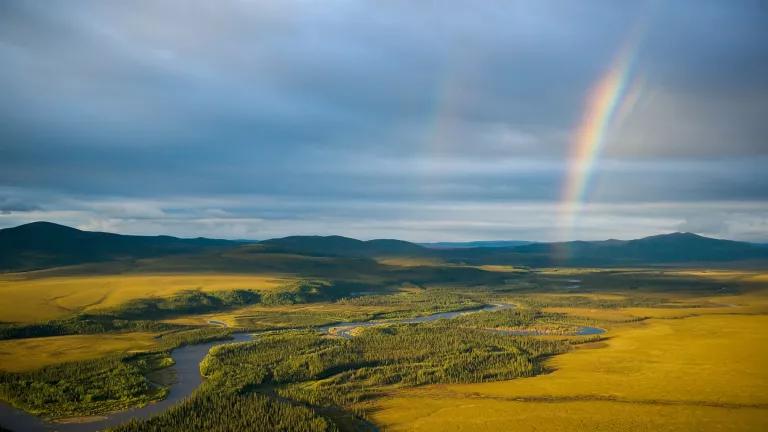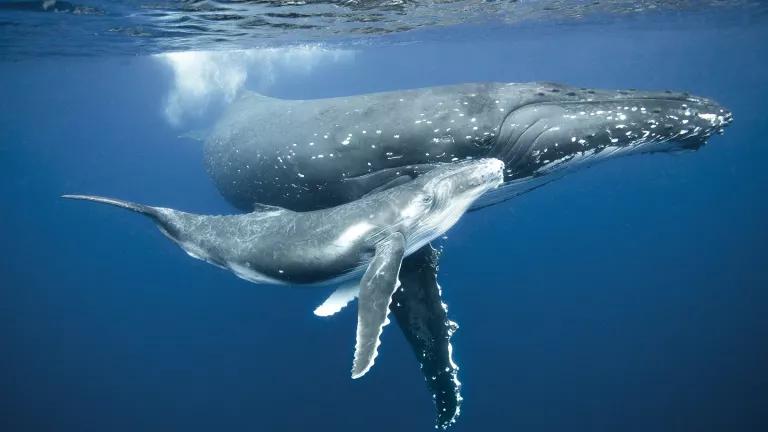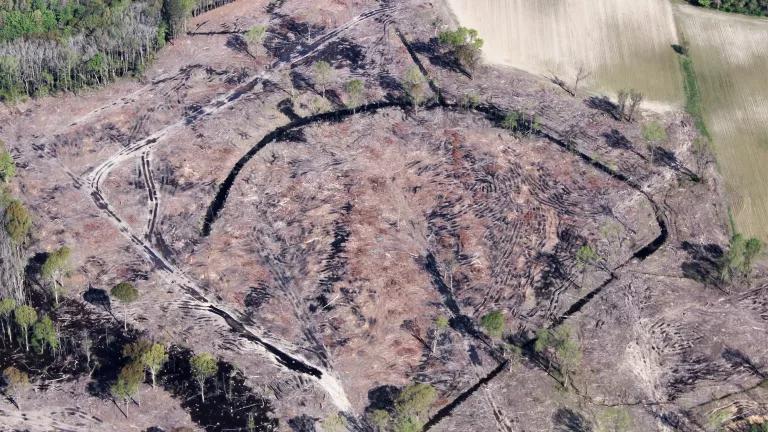30x30: NRDC’s Commitment to Protect Nature and Life on Earth
We have the tools to create a better, healthier future for our planet—and ourselves—but we must act now.

Rodrigo Friscione/Media Bakery
To prevent mass extinctions and bolster resilience to climate change, scientists warn that we must protect at least 30 percent of our lands, rivers, lakes, and wetlands by 2030. At the same time, we must also fully and highly protect at least 30 percent of our oceans by 2030 to help safeguard marine ecosystems and fisheries that provide food, jobs, and cultural sustenance to billions around the world.
We have the tools to create a better, healthier future for our planet—and ourselves—but we must act now.
The 30x30 targets will help maintain global biodiversity and defend against the climate crisis. They will preserve the integrity of ecosystems on which we all depend, provide safe havens to help wildlife adapt to climate change, and sustain natural systems that store carbon, such as forests, mangroves, seagrasses, wetlands, and grasslands. NRDC is focused on achieving these goals while protecting diverse habitats, improving access for all people, and identifying and managing these areas in collaboration with Indigenous communities.
Our multifaceted strategy involves key areas of work in the United States and abroad.
United States
- Building congressional support for the Thirty By Thirty Resolution to Save Nature
- Creating and defending marine protected areas in the United States
- Encouraging state legislatures to increase protections for species, lands, and waters, such as California’s 30x30 bill
International
- Pushing for a strong new international treaty to protect marine biodiversity and create fully protected marine parks on the high seas
- Advocating for ambitious global biodiversity targets at the United Nations Convention of Biological Diversity’s COP15 in 2021
- Raising awareness of 30x30 through innovative partnerships
- Protecting crucial ecosystems at risk of industrial development, including the Arctic National Wildlife Refuge and Canada’s boreal forest
- Pushing for a moratorium on deep seabed mining


